What Is the Density of Ammonium Metatungstate?
- Details
- Category: Tungsten Information

Ammonium metatungstate (AMT), a typical transition metal compound, appears as a white crystalline powder or slightly yellowish powder, with the molecular formula H28N6O41W12 and a density of 2.3-2.8 g/cm³. It has a wide range of applications. In the field of catalysis, AMT excels as a catalyst and support for reactions like hydrogenation and dehydrogenation in petrochemical processes. In functional materials, it is used to prepare tungsten-based energy storage materials and electrochromic materials. AMT is also utilized in producing ultrafine tungsten powder, tungsten alloys, as well as serving as an analytical reagent and an additive in ceramic materials.
Factors Affecting the Thermal Shock Resistance of Barium Tungsten Electrodes
- Details
- Category: Tungsten Information
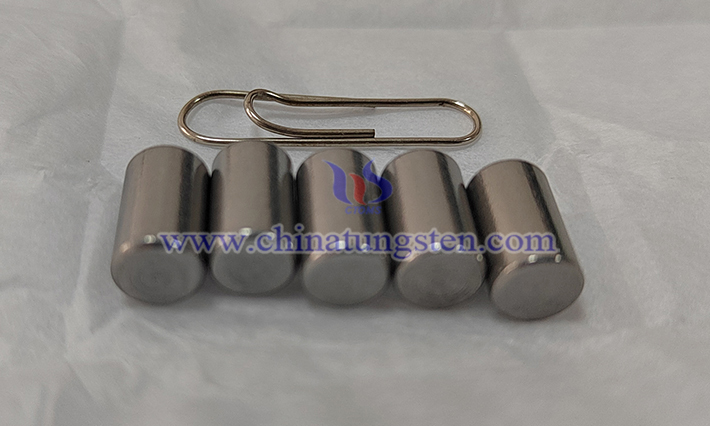
The thermal shock resistance of barium tungsten electrodes is affected by many factors. The following is an analysis of the main influencing factors:
Factors Affecting the Thermal Conductivity of Barium Tungsten Electrode
- Details
- Category: Tungsten Information
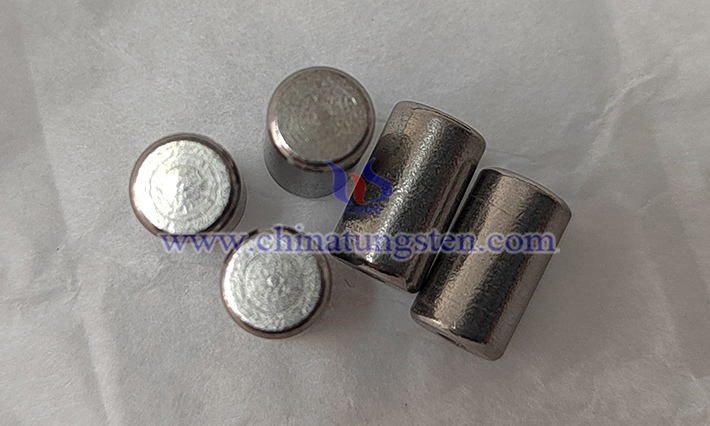
The thermal conductivity of barium tungsten electrode is affected by the combined effect of multiple factors, involving multiple aspects such as material science, thermodynamics and preparation process.
Factors Affecting the Burnout Rate of Barium Tungsten Electrodes
- Details
- Category: Tungsten Information

Barium tungsten electrodes are mainly used for certain specific applications, such as plasma welding or discharge machining, and their burnout rate (the loss rate of electrode materials caused by high temperature, arc or other factors during operation) is affected by many factors. The following are the main factors affecting the burnout rate of barium tungsten electrodes:
Factors Affecting the Emission Efficiency of Barium Tungsten Electrodes
- Details
- Category: Tungsten Information
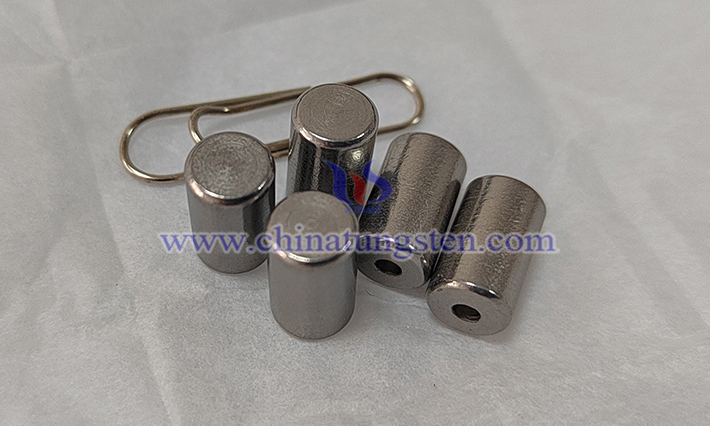
The emission efficiency of barium tungsten electrodes is the result of the coupling of multiple influencing factors, mainly involving material properties, preparation process, working conditions and environment, etc.
Factors Affecting the Surface Roughness of Barium Tungsten Electrodes
- Details
- Category: Tungsten Information
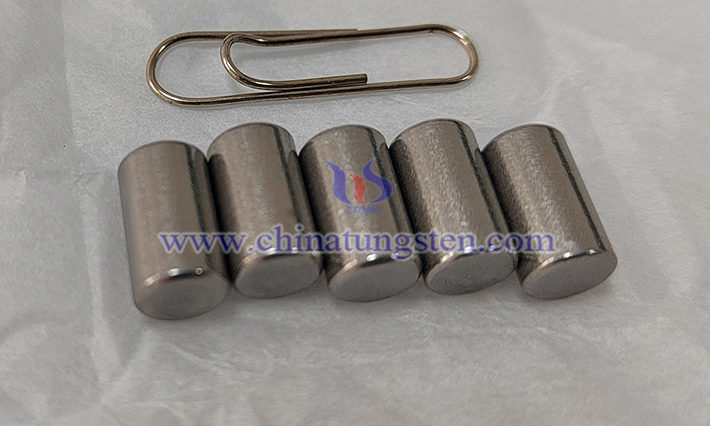
The factors affecting the surface roughness of barium tungsten electrodes involve multiple links such as material preparation, working environment, processing technology and post-treatment, and their formation mechanism is complex and interrelated.
Factors Affecting the Thermal Expansion Coefficient of Barium Tungsten Electrode
- Details
- Category: Tungsten Information

The thermal expansion coefficient of barium tungsten electrode is mainly affected by factors such as material composition (ratio of barium to tungsten, doping elements), microstructure (grain size, porosity), preparation process (sintering, pressing, heat treatment) and use environment (temperature, atmosphere).
Factors Affecting the Grain Size of Barium Tungsten Electrode
- Details
- Category: Tungsten Information
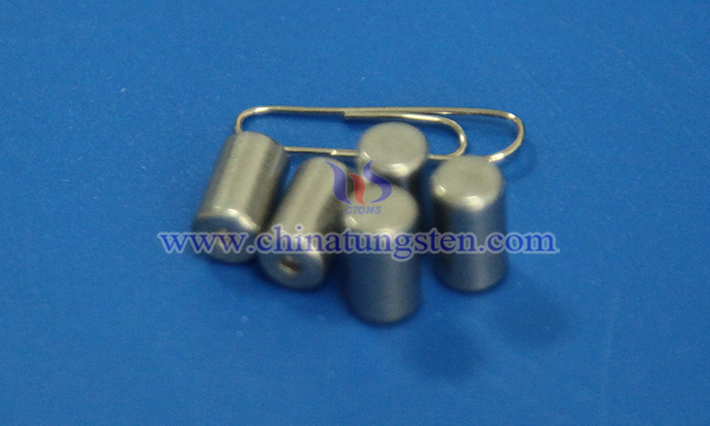
The grain size of barium tungsten electrode is crucial to its performance (such as electron emission ability, thermal stability and mechanical strength), and its influencing factors can be summarized as follows:
Factors Affecting the Arc Erosion Resistance of Barium Tungsten Electrodes
- Details
- Category: Tungsten Information

The arc erosion resistance of barium tungsten electrodes is the core indicator of its resistance to material loss, shape change or performance degradation under the action of arc, which directly affects its service life and stability. This ability is affected by multiple factors. The following is a systematic analysis from four dimensions: material properties, manufacturing process, use conditions and environmental interaction:
Factors Affecting the Corrosion Resistance of Barium Tungsten Electrodes
- Details
- Category: Tungsten Information

The corrosion resistance of barium tungsten electrodes is the comprehensive result of influencing factors such as material properties, working environment and use conditions. Optimizing electrode composition, improving manufacturing process, controlling working environment (such as using inert gas protection or reducing working temperature) and surface modification are effective ways to improve corrosion resistance.




 sales@chinatungsten.com
sales@chinatungsten.com